How Leveraging A Virtual Assistant Will Change Your Life written by Kyndall Ramirez read more at Duct Tape Marketing
Marketing Podcast with Tricia Sciortino
 In this episode of the Duct Tape Marketing Podcast, I interview Tricia Sciortino. Tricia is the CEO and Board Member at BELAY, Co-Host of the One Next Step Podcast, and Author of Rise Up & Lead Well: How Leveraging An Assistant Will Change Your Life & Maximize Your Time.
In this episode of the Duct Tape Marketing Podcast, I interview Tricia Sciortino. Tricia is the CEO and Board Member at BELAY, Co-Host of the One Next Step Podcast, and Author of Rise Up & Lead Well: How Leveraging An Assistant Will Change Your Life & Maximize Your Time.
![]()
![]()
Key Takeaway:
Today is a new day and age where the remote work opportunities are endless. In this episode, I talk with Tricia Sciortino, the CEO and Board Member at BELAY, about how incredibly powerful it can be to outsource elements of your business to a virtual assistant. We dive into what mistakes most people make when hiring virtual workers and what best practices to follow to work most effectively.
Questions I ask Tricia Sciortino:
- [1:28] What has your entrepreneurial journey looked like?
- [3:04] Do you feel like your training has helped you excel in the position?
- [3:50] Remote work has become very mainstream today, hasn’t it?
- [6:30] If someone came to you who didn’t want to hire full-time staff, what are some of the key roles that you should outsource?
- [11:02] How do business owners balance outsourcing social media with a virtual assistant?
- [13:34] What are some of the mistakes you see when people hire virtual workers and what are some of the best practices that bring forth more efficiencies?
- [17:21] How do you find the right person, and how do you dig deep enough to realize this person is going to work well for you?
- [19:58] Do you think that something you should be looking for when hiring an executive assistant or virtual worker is someone who has routines and processes already put in place?
- [21:08] If someone is interested in working with BELAY, what’s the process?
More About Tricia Sciortino:
- BELAY Solutions
Take The Marketing Assessment:
- Marketingassessment.co
Like this show? Click on over and give us a review on iTunes, please!
John Jantsch (00:00): This episode of the duct tape marketing podcast is brought to you by the MarTech podcast, hosted by Ben Shapiro and brought to you by the HubSpot podcast network with episodes you can listen to in under 30 minutes, the MarTech podcast shares stories from world class marketers who use tech technology to generate growth and achieve business and career success all on your lunch break. And if you dig around, you might just find a show by yours. Truly. Ben’s a great host. Actually, I would tell you, check out a recent show on blending humans, AI, and automation. Download the MarTech podcast wherever you get your.
New Speaker (00:40): podcast. Hello, welcome to another episode of the duct tape marketing podcast. This is John Jan and my guest today is Tricia Sciortino. She is the CEO and board member at belay host of the one next step podcast and author of rise up. And Leadwell how leveraging an assistance will change your life and maximize your time. So we’re gonna talk about virtual assistance and remote workers and part-time staff and all those good things. So Trisha, welcome through the show.
Tricia Sciortino (01:22): Hey, good morning. Welcome. Thanks for having me.
John Jantsch (01:25): You bet. So, so tell me what give me, I always like to ask entrepreneurs, what got you here? What have you done in your entrepreneurial journey that led you to starting the lake?
Tricia Sciortino (01:33): Wow. That’s a really big question to start off with John
John Jantsch (01:37): Well, yeah, Don, don’t go back to second doing it
Tricia Sciortino (01:40): Well back in,
John Jantsch (01:41): In between.
Tricia Sciortino (01:42): Yeah. You know, it was a journey of, you know, I, I like to say happenstance almost in that when I graduated college, I got my degree in business and marketing. I wasn’t really sure what I wanted to do with myself. And I, I at first was a mom and then I stumbled upon organically and accidentally, if you will, you know, kind of just took a first job out there, quickly rose through the ranks and realized leading people and leading an organization. Actually, I thrived in it. I loved it. I enjoyed it. And so when I came to belay back in 2010, when it was started, my journey started with me as a virtual assistant here at the organization, and then just continued to look to hold my skills really just wanted to lead people and lead teams and lead organizational excellence and operational excellence. And so that has just afforded me the opportunity to just year by year advance my career, to land me at the CEO position. Then again, you know, really honored to sit in that seat today.
John Jantsch (02:51): You know, it’s interesting leadership is actually one of the toughest things for a lot of CEOs. I mean, they, you know, especially founders or companies, you know, they knew how to do the thing they did had the vision for it. And leadership actually is something that they quite often have to learn. Do you feel like that, that your training maybe was in that and maybe your gift or is it in that has actually allowed you to Excel in the position?
Tricia Sciortino (03:15): Yeah. You know what I, I would, I, I think, you know, at a very early age, you know, in my young 20 year old, my young 20 year old self had a lot of great leadership mentors who believed in me and taught me and mentored me to be a great leader when it was small and almost when it was quiet and nobody was really paying attention. I was invested in and I really got kind of the bug for leadership. So I think I’ve invested in my professional development since then. And I’ve had people who’ve helped me along the way. So I feel like I’m first a leader more than I am. Anything else,
John Jantsch (03:50): Let let’s talk. As I promised about, you know, virtual assistance, remote work, I’ve actually, you know, I’ve been working virtually, I’ve done, you know, my team has been distributed for 10, 15 years.
Tricia Sciortino (04:16): Yeah, I mean, same as when we started bla 12 years ago, working remotely was not all too common. And really the thinking was there was only certain types of companies or industries or people that could even consider remote work. And I think, you know, the blessing and the curse out of 2020 is that a lot of, of industries and people who’ve never considered that there were things that they could do remotely. They didn’t have a choice, but to do them remotely. And so now, today is, is a new day and age where the remote work opportunities are endless. They’re boundless, there’s so many, we’ve seen so many organizations, big organizations, you know, the bank of Americas and those, and those types of organizations really saying, we’re not going back in office, remote work is here to stay. And so it’s been really interesting and very cool journey to watch that evolve over the last two years, even though some of us have known it’s possible, it’s been possible for many more years than that.
John Jantsch (05:19): Yeah. I mean, I think to go right along with that, the idea that we have to be in a physical space, an office together, you know, that I think a lot of companies for a decade or so have let that go, but a lot of to it and certainly accelerated that idea that remote work could be done without us looking over people’s shoulders. And
Tricia Sciortino (05:36): Yeah. And you think about, you know, you think about some of the traditional roles, like think of the role of a, you know, a traveling salesman, somebody who’s on the road sounding, and let’s be honest, that person who’s been doing that. I mean, you’re telling copiers back in, you know, the nineties, you were not in an office, you were on the road, you were out and about, right. So it has existed just not in a way that anybody thought about it would exist
John Jantsch (06:01): Today. Yeah. And that was my bonus. That was my promise career. And I think a lot to me seeing how he, you know, he did what he wanted, he had his own hours, he was able to come and go. I mean, he worked very hard, you know, travel a lot, you know, it, it seemed like a really nice lifestyle to me. And I think I probably had some, uh, subconscious, uh, impact on, on me choosing the career. Not,
Tricia Sciortino (06:21): Yeah, that makes sense.
John Jantsch (06:23): So if somebody came to us said, all right, we’re thinking about maybe, you know, we don’t wanna hire staff full time and bring them in, you know, what are some of the key roles that you’re just like, Hey, no business should be doing this, you know, with a staff member, they should outsource of certain, are there certain roles that you gravitate towards or that you just think have become obsolete to have a, a dedicated person doing in an organization?
Tricia Sciortino (06:45): Yeah. Well, and we’ve kind of done it with more than maybe most people are comfortable with, but some of the standouts are, are truly the ones that we wound up offering as an organization because we knew they were no brainers. You know, first and foremost is the virtual assistant. I mean, it’s, it’s what we’re known for. That’s, you know, every executive or leader could have, should have somebody working fractionally part-time, even if it’s 10 hours a week, 45 hours a month, or whatever that looks like supporting you as an executive or leader personally or professionally, and that person doesn’t need to be in the same space as you. So that, that one is the easy one. And then you think of things like bookkeeping, right? Everybody needs their books done. Everybody’s our accounts reconciled. Everybody needs your transaction details and your expense reporting taken care of. But do you need your bookkeeper or your in your office with no, I mean, you can email reports back and forth this great systems where you can share logins. And so bookkeeping is another one that as an executive and a leader, I don’t actually wanna know how to do bookkeeping. I just wanna work with somebody else who knows how to do bookkeeping. They don’t need to be on staff. I don’t need it full time. It’s very transactional. It’s an easy one. Especially small business startup, absolutely start with outsource bookkeeping support.
John Jantsch (08:08): Yeah. More than one, uh, small businesses got themselves in trouble because they can’t do their reporting. They can’t do payroll. They can’t do all the junk. It’s gotta be done and then come, you know, tax time, it’s, you know, it’s an absolute mess. And, uh, probably what they would pay a virtual birth keep for. They now are paying to their account to try to figure out their book.
Tricia Sciortino (08:27): Yes, yes, yes. And you know, and a book bookkeeper and accountant is, is two different things. And so you don’t need the accountant level of the month to month, day to day part of your business. Cause that’s a great opportunity to bring a bookkeeper in, to handle the day to day dispensing and things like that, that any business needs, regardless of what the business is.
John Jantsch (08:49): I have used a virtual bookkeeper for at least 15 years. And only because she was traveling through my city, didn’t meet one time, but otherwise it is all vendor. In fact, she lives in Mexico now.
Tricia Sciortino (09:00): Fabulous. Right. Yeah, absolutely. So, you know, that’s another easy one. And then there are a lot of marketing component jobs, which, you know, speaks to, to you, your audience and right, right. And what you guys do. I mean, we, we outsourced almost every marketing role until we felt the need to bring it out full time over the course of the last 10 years. And so, and we still work with outsource social media management and execution, so that one’s a no brainer as well. Typically your small businesses, you don’t need full-time 40 hour week staff member, maybe managing your social media angle or your LinkedIn it’s, it’s probably when you’re small, a few good hours a week, great strategy and some good execution. That’s something that can be very part-time and fractional and outsourced to somebody outside of the organization until you hit critical mass. And you feel like maybe it’s time to bring that role inside.
John Jantsch (09:51): And now let’s hear from our sponsor, you know, as a business owner, you eventually realize you can’t do everything yourself, but hiring is complicated. And what if you only need part-time help your job is to be the visionary. But instead you spend countless hours on tasks that could be done easily and arguably better by someone else. And that’s where the powerful multiplying effects of delegation are mission critical. Our friends at BELAY can help. BELAY is an incredible organization, revolutionizing productivity with their virtual assistance bookkeepers website specialists and social media managers for growing organizations to help you get started. Belay is offering their latest ebook, delegate to elevate for free to all of my listeners. Now in this ebook, you’ll learn how to reclaim time to focus on what you can do by delegating to download your free copy. Just text tape to 5, 5, 1, 2, 3 that’s T a P E to 5, 5 1, 2, 3, accomplish more and juggle less with BELAY.
John Jantsch (11:02): So let’s talk a little bit deeper about the social media role, because I see a lot of business owners that they don’t like social media. They, they maybe come to it begrudgingly because they think, oh, everybody’s doing it so we better do it. And so they kind of advocate it. They go find somebody to post for, but you balance that. You mentioned the word strategy. I mean, where you’re actually doing something that’s effective, you know, that’s, that’s actually helping you advance towards your business goals without being involved in it.
Tricia Sciortino (11:28): Yeah. I think, you know, it’s a lot of vision casting and a lot of inspecting what you’re expecting. So, you know, that’s your social, media’s a great way to look at all of that is, you know, there’s, you really need to immerse that person into who are we trying to be to the public? Who do we say we are? What is the service we offer? Where is our ideal client, who is our ideal client? Where does our ideal client hang out, you know, understanding some of those core principles. And it’s a lot of testing and tuning, which I think a lot of people misunderstand when they get into social media as well. There’s a lot of tune and tone and voice. And you know, the algorithms are changing all the time. So things that worked for you today, they might not work in three to six months from now.
Tricia Sciortino (12:15): So having somebody constantly having eyeballs on your social media presence, we find very important now where that presence is, I think is unique to your organization. And what you’re offering is, you know, some organizations will thrive and Facebook is their community and they should just spend a lot of time and energy really honing what Facebook does for them. Others. It might be more Instagram, some it’s LinkedIn. So I’m thinking, you know, understanding where your, your audience is and what platforms are on is key. And then, you know, cast great vision and inspect, you know, let that social media manager create their vision and strategy. And then you add, edit and approve that strategy to go to execution. So it might be something you’re doing an hour a month versus, you know, an hour a day
John Jantsch (13:08): Or, or just not getting to
Tricia Sciortino (13:11): Or not doing it at all or not doing it, getting all. Yes.
John Jantsch (13:14): Yeah. So, so you started to describe an area I was gonna go into too, because I see a lot of people go, oh, for existent, you know, I could just pay somebody 10 hours a week to take all this off my plate. And then they get that person and they haven’t really thought through, they don’t know how to delegate
Tricia Sciortino (13:49): It’s absolutely to get
John Jantsch (13:49): Two steps back.
Tricia Sciortino (13:50): Yeah. I mean, you know, a big mistake we see is that people wait too long, right? So they wait until they are literally so up against a wall
Tricia Sciortino (14:38): And then as far as where to deploy them, cuz there’s probably, we, we see a variety, I mean a ma a mass variety of opportunities on where a virtual assistant can help any or a leader, but it’s gonna be, what is that right thing for you? I mean, we typically organically go for, you know, the customary, if you will, calendar management and meeting planning, I mean, believe it or not, you spend more time emailing back and forth about when you’re gonna meet somebody and then sending out a meeting request and then change the meeting request and then put the links in the meeting request. And then following up to confirm the meeting, like, it sounds like no big deal. You do, you remove that for the 10 meetings a week you have, or whatever that looks like, and you’ve already saved time. Then you added things like email management, travel bookings, you know, hotels and flights.
Tricia Sciortino (15:31): If you travel at your work, you add in meeting notes. For me, meeting notes has been a game changer inside our organization. We have a virtual assistant sit in on every single meeting we have just to take notes and pull action items and then follow up with those action items to ensure they’ve actually gotten done because then guess what? I don’t have to, I don’t have to follow up on the action item that’s supposed to get done as the leader, my virtual assistant is taking notes, sharing them and then following up with those action items. So it’s even an extra layer of accountability if you will, in that case.
John Jantsch (16:07): Yeah. I think once people start letting go of those kinds of things, because I do think with, especially with leaders, a lot of times that, you know, my neat man, like a, or my travel, I mean, these are very personal neat maybe, but I think that, and so I think sometimes leaders have trouble giving those things. I’m thinking, oh, well, nobody can do it like me, but I think you’re absolutely right. Once you experience that there might actually be somebody that could do it better than you. Uh, it really gets a lot easier. Does it?
Tricia Sciortino (16:33): A absolutely. And, and that is truly the moment, the wake up moment, if you will, where you really do have to get to the place where you realize that somebody else can do this, maybe better than me or equal to me and even equal is a win because those hours you saved on that you are now dedicated to higher payoff items inside your business. You’re now that’s 10 hours a week. You now get to focus on growing your business, vision strategy, sales, Mar you know, areas of the business that are growth associated. You’re an entrepreneur versus areas of your business that are highly administrative. You probably can do those things, but the question is really, should you do those things?
John Jantsch (17:20): Absolutely. Absolutely. Yeah. So the, a question I get a lot of times is, you know, how do I find the right person? And so if I’m, let’s just say we’re the executive assistant, um, role right now? How does you know, how, how do you tell people to not just find, I mean, there are tons of plays you can find, how do you find the right person and how do you know it’s the right person? And how do you, you know, how do you dig deep enough to realize that person’s gonna work for you?
Tricia Sciortino (17:47): Yeah. I mean, we have found success by using a, a multiple, a multi-layer interview process. If you will. I mean, a, a resume is a great start in knowing things to look for and what looks like a great resume is important, but when you’re past that point and you decided there’s handful of people you actually want to meet with, you know, we would recommend that multiple different people interview, not even just you. So do you have a cohort or a partner inside your business or is it your, what? I mean, whoever it may be, right? Somebody else having a second opinion going into an interview is important and then interviews are, you know, and should be looked at as skills assessments, you know, even in an interview, were they on time? Was there camera working? Were you interviewing on a webcam? Did, how were they, how did they show up you, there is different things.
Tricia Sciortino (18:40): You’re looking aside from the information you’re getting out of the questions back and forth. It is like really looking at the whole scenario, everything that led up to that interview and everything after that, did they send, send a thank you note, how is the grammar in that note? So looking at all those things and then having multiple people do that. And then what I would say is regardless of the world, there should be some type of skills, assessment opportunity. So is there something they can do, whether it’s a questionnaire that you send them, we, we will do that. We have 10 questions. Is there some type of sample work product you want them to mock up for you do a skills assessment, like for a virtual assistant, if they’re gonna do heavy calendar management, then give them a fo meeting to plan for you or whatever that may look like. Or I plan a trip for you and, and send you a trip by itinerary. So assessing a skill is a great opportunity because an interview is words and skills assessment is action.
John Jantsch (19:39): So, so one of the things that I have found in many years of working with dozens and dozens of, of virtual assistant or remote, uh, workers, is some of the best I’ve worked with actually come with their own processes
Tricia Sciortino (20:09): Yeah. I mean, to me, that’s, it is a big relief for a leader. If your virtual assistant is extremely proactive and organized. And so I always tell my assistant that my goal for her is for her to be ahead of me. And so that, and that usually means 60 to 90 days ahead of me. And so that means that for example, today I’m emailing my assistant about meetings. I’m having in August and she’s planning August meetings already. She’s sending me sample menus. She’s sending me meeting locations. She sent me flight options, you know, already, I haven’t even thought about August yet, but she’s very planned, very methodical and extremely proactive. So that is what makes it, you know, really helpful. Gives me peace of mind that I know for the next season of time. There’s nothing that’s gonna come by and blindside me side me.
John Jantsch (21:07): Yeah. Abso absolutely. Um, if, if, if somebody’s thinking about to listening to this or they’re thinking, well, gosh, this sounds like something I need to hear. What’s the process of working with belay?
Tricia Sciortino (21:19): Yeah. So it’s a fun process because John, we have a core value at belay and one of them is fun. The first thing you get, first thing I would say is you go to our website, which is belay solutions.com. We have a get started form that you would fill out that will get you in touch with one of our solutions consultants. Then you would have a conversation with one of our solutions consultants. Who’s really just gonna help you determine, do you need a virtual assistant? What are you looking for? What kind of virtual assistant, how many hours possibly, what are you trying to get off your plate once that’s figured out and you decided to join our team, you were then handed over to a client success consultant, which is your person for your duration at belay. They will take you through a discovery process and hone in on exactly the type of skill set and soft skills you’re looking for in this person to match you with whether it’s industry knowledge or application knowledge or specific time zone or products like you need somebody to use a Mac versus a PC.
Tricia Sciortino (22:18): They gather all that information. And then our placement team, we actually have a team of people whose job it is to find that right person for you do their search. We come back and present. We found your match. Then we have a kickoff call, which is all on, um, zoom. So your client success consultant to your new virtual assistant new, we have about ki a kickoff call. It’s about an hour or so long where we get, you know, we get everything started the transfer of information. We send training documents, so you can help onboard this person. And then your client success consultant will check in with you on your new VA weekly and then biweekly, and then monthly as your engagement continues to make sure that everybody’s getting the best value and use out of the relationship.
John Jantsch (23:05): Awesome. Well, you know, you know, I’m a fan. I mean, I’ve been doing, you know, this type of work and they’re hired, you know, we have a, any number of specific team members now that do specific things on earth. So I, I really think it is a tremendous way for pretty much any size organization to go. I appreciate you, uh, stopping by taking time to stop by the duct tape marketing podcast. And it’s belay solutions.com. Hopefully we’ll run it to you one these days out there on the road.
Tricia Sciortino (23:31): I hope so. Thanks John.
Speaker 3 (23:34): Hey, and one final thing before you go, you know how I talk about marketing strategy strategy before tactics? Well, sometimes it can be hard to understand where you stand in that what needs to be done with regard to creating a marketing strategy. So we created a free tool for you. It’s called the marketing strategy assessment. You can find it@ marketingassessment.co not .com .co check out our free marketing assessment and learn where you are with your strategy today. That’s just marketing assessment.co I’d love to chat with you about the results that you get.
Sign up to receive email updates
Enter your name and email address below and I’ll send you periodic updates about the podcast.
This episode of the Duct Tape Marketing Podcast is brought to you by the HubSpot Podcast Network and BELAY.
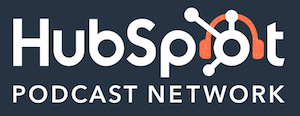
HubSpot Podcast Network is the audio destination for business professionals who seek the best education and inspiration on how to grow a business.
BELAY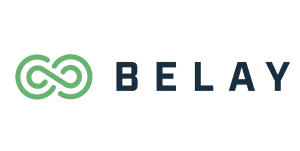 is an incredible organization revolutionizing productivity with its virtual assistants, bookkeepers, website specialists, and social media managers for growing organizations. To help you get started, BELAY is offering its latest book, Delegate to Elevate, for free to all our listeners. In this ebook, learn how to reclaim time to focus on what only you can do by delegating. To download your free copy, click here to claim or text TAPE to 55123. Accomplish more and juggle less with BELAY.
is an incredible organization revolutionizing productivity with its virtual assistants, bookkeepers, website specialists, and social media managers for growing organizations. To help you get started, BELAY is offering its latest book, Delegate to Elevate, for free to all our listeners. In this ebook, learn how to reclaim time to focus on what only you can do by delegating. To download your free copy, click here to claim or text TAPE to 55123. Accomplish more and juggle less with BELAY.

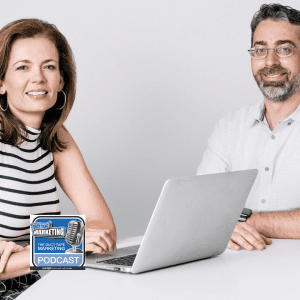 In this episode of the Duct Tape Marketing Podcast, I interview Todd and Laure Fisher.
In this episode of the Duct Tape Marketing Podcast, I interview Todd and Laure Fisher. 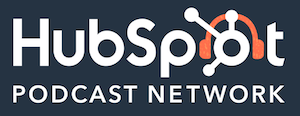
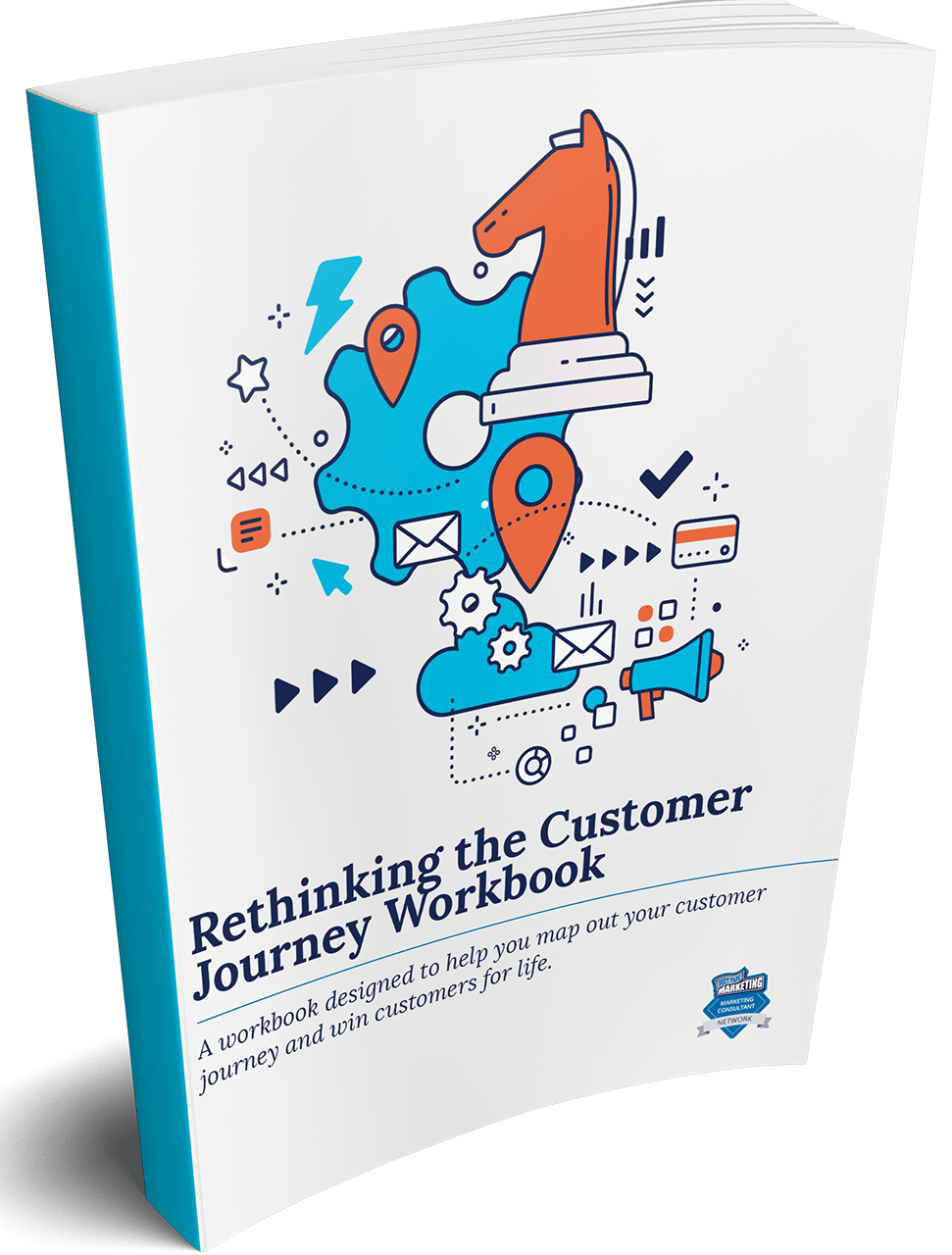

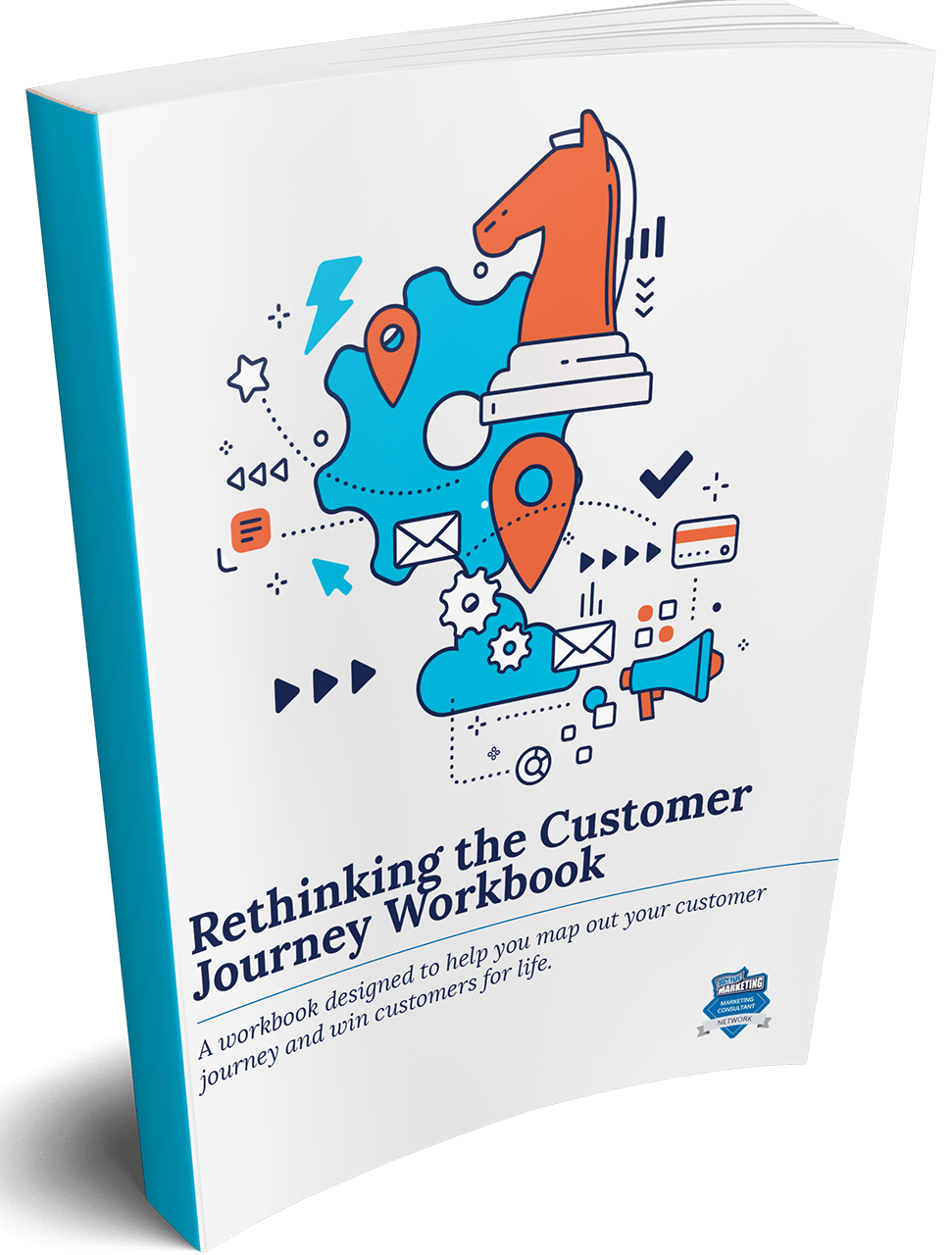
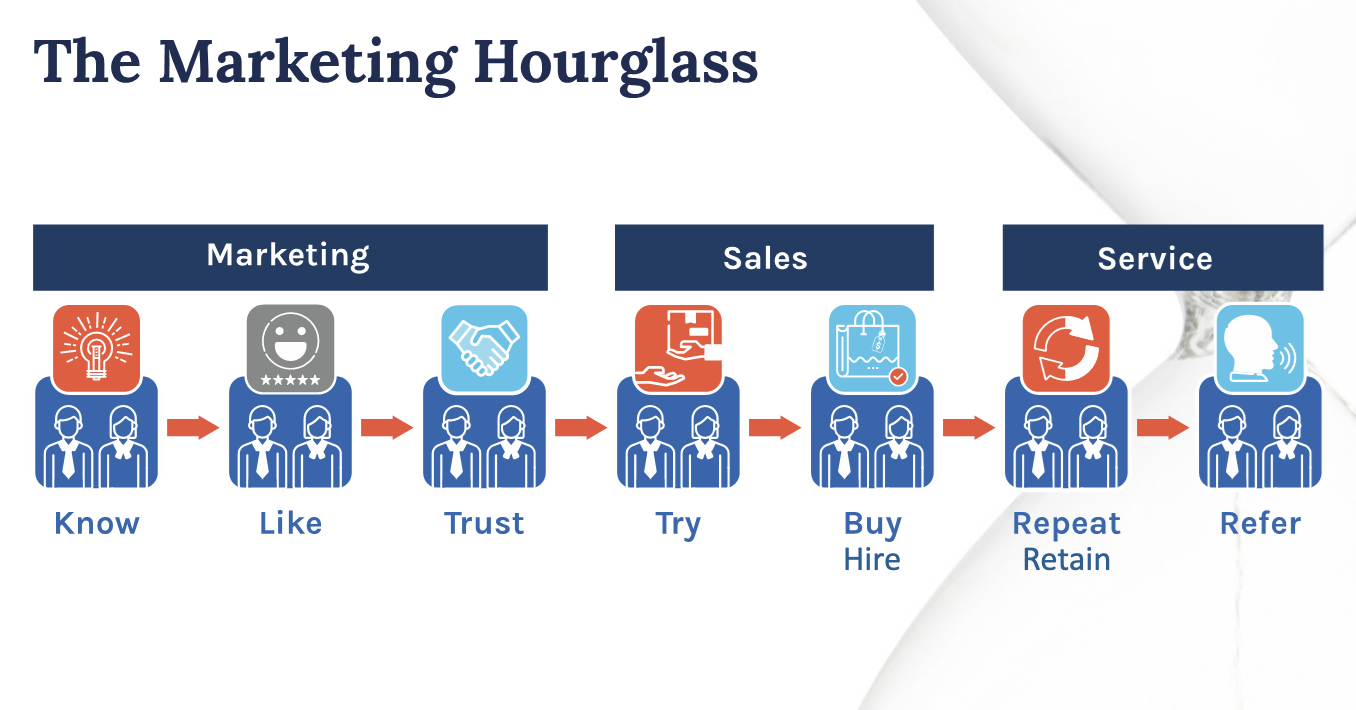
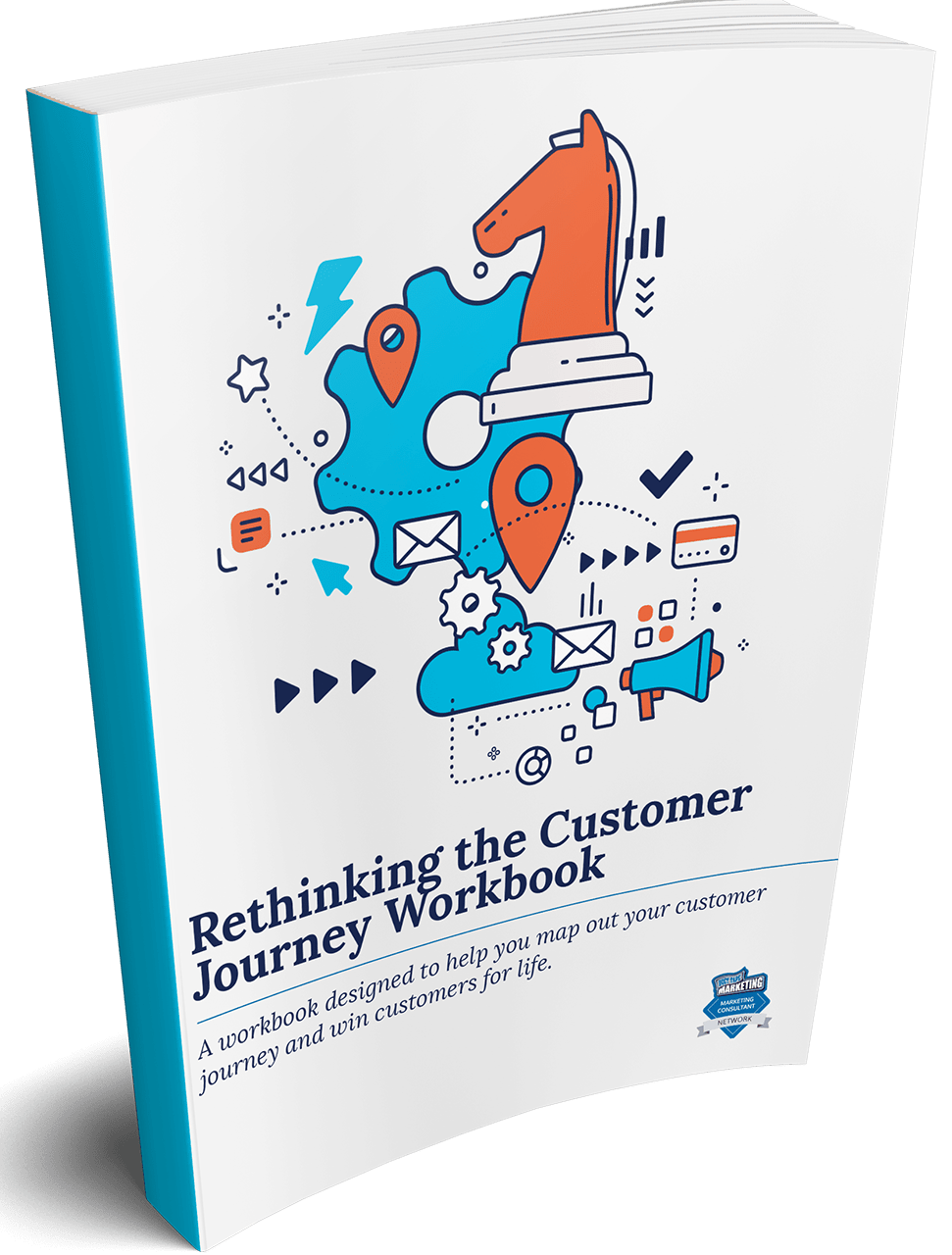


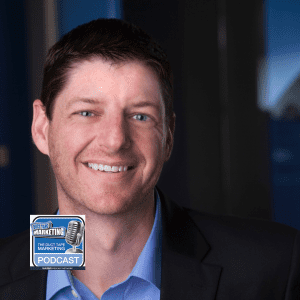 In this episode of the Duct Tape Marketing Podcast, I interview
In this episode of the Duct Tape Marketing Podcast, I interview 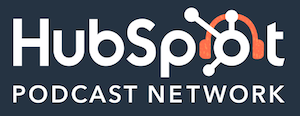
 Did you know there’s an automated marketing platform that’s 100% designed for your online business? It’s called Drip, and it’s got all the data insights, segmentation savvy, and email and SMS marketing tools you need to connect with customers on a human level, make boatloads of sales, and grow with gusto. Try Drip free for 14 days (no credit card required), and start turning emails into earnings and SMS sends into cha-chings.
Did you know there’s an automated marketing platform that’s 100% designed for your online business? It’s called Drip, and it’s got all the data insights, segmentation savvy, and email and SMS marketing tools you need to connect with customers on a human level, make boatloads of sales, and grow with gusto. Try Drip free for 14 days (no credit card required), and start turning emails into earnings and SMS sends into cha-chings.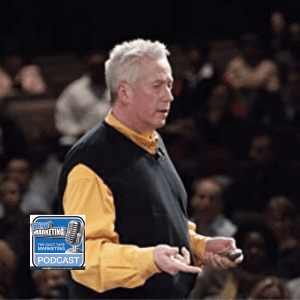 In this episode of the Duct Tape Marketing Podcast, I interview Steve Miller.
In this episode of the Duct Tape Marketing Podcast, I interview Steve Miller. 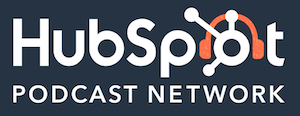


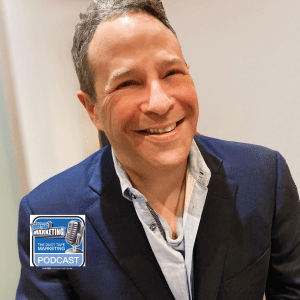 In this episode of the Duct Tape Marketing Podcast, I interview Rich Cohen. Rich
In this episode of the Duct Tape Marketing Podcast, I interview Rich Cohen. Rich 
 Did you know there’s an automated marketing platform that’s 100% designed for your online business? It’s called Drip, and it’s got all the data insights, segmentation savvy, and email and SMS marketing tools you need to connect with customers on a human level, make boatloads of sales, and grow with gusto. Try Drip free for 14 days (no credit card required), and start turning emails into earnings and SMS sends into cha-chings.
Did you know there’s an automated marketing platform that’s 100% designed for your online business? It’s called Drip, and it’s got all the data insights, segmentation savvy, and email and SMS marketing tools you need to connect with customers on a human level, make boatloads of sales, and grow with gusto. Try Drip free for 14 days (no credit card required), and start turning emails into earnings and SMS sends into cha-chings.